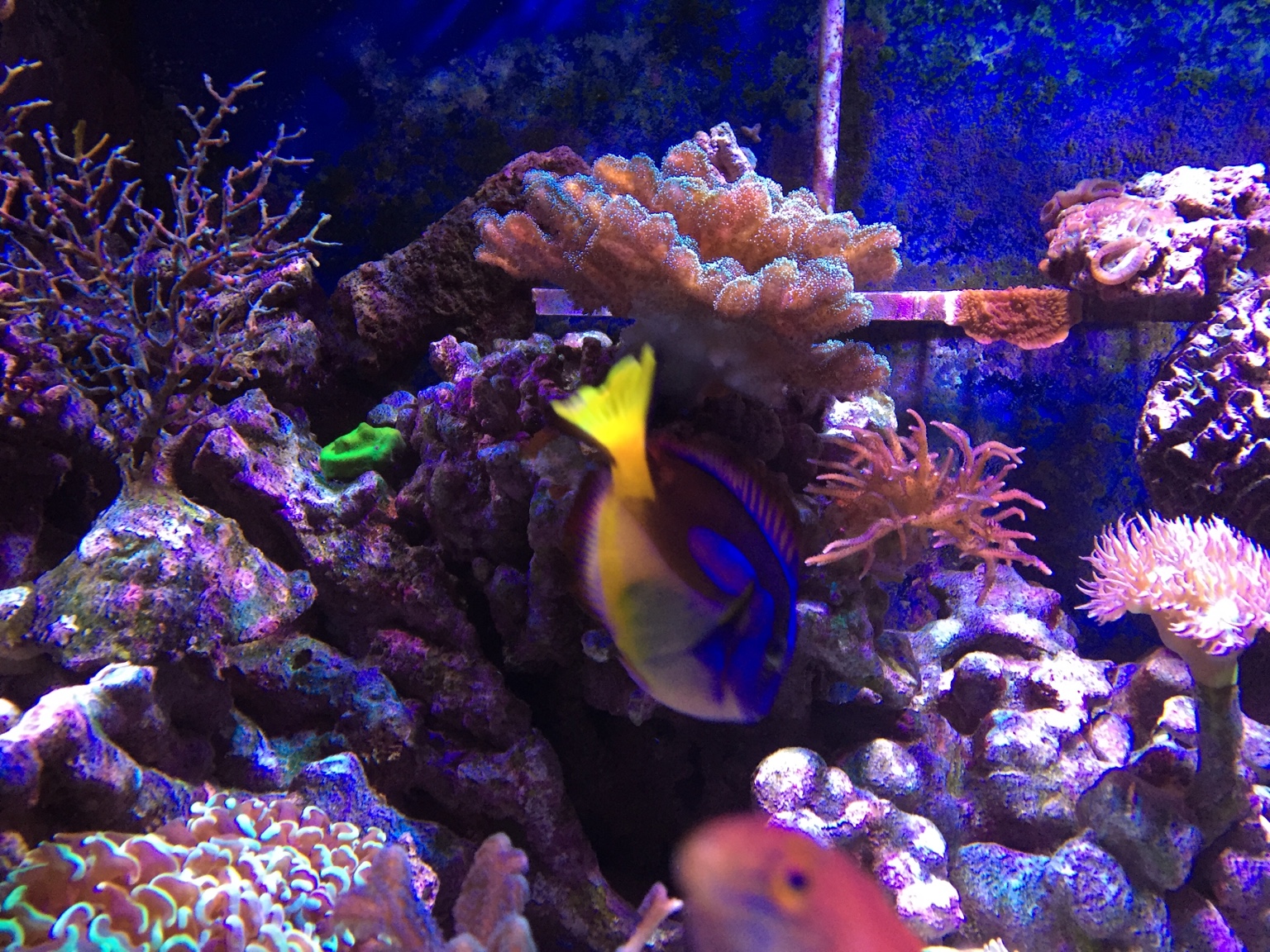- Joined
- Sep 9, 2014
- Messages
- 125
- Reaction score
- 0

Why I have split fins on my fish
Is this a vitamin deficiency or something else?
Thanks
Follow along with the video below to see how to install our site as a web app on your home screen.
Note: This feature may not be available in some browsers.


What type of tubing u using for dosing like vinegar


Thanks
But can u tell me which source u used to get it please





